This post was co-authored by Jenny Kattlove, Director of Strategic Health Initiatives, The Children’s Partnership.
Every so often, technological advances allow public health officials opportunities to make major progress in stemming the tide of a chronic disease. One recent advance, the Virtual Dental Home (VDH), has been tested in California over the past three years, and the program’s success in reaching underserved children and other populations to prevent and treat dental disease has been impressive.
Few people realize that tooth decay is the number one chronic disease among children. Those who have suffered from a serious toothache know how debilitating it can be. So, imagine sitting through an algebra class with one. Then multiply that by the hundreds of thousands of children who suffer silently in school, on playgrounds, in bed or at dinnertime. But here’s the bottom line: dental disease is largely preventable if children and others get routine care. Unfortunately, certain families face hurdles to getting needed care for their children. Many don’t have affordable transportation, and many low-income parents lose pay when they miss work. Finally, there are simply not enough providers to serve the children who need the care the most; these are children who are enrolled in Medi-Cal or live in underserved areas where there are shortages of dental providers.
So, the The Children’s Partnershipand several other partners decided that with the right technology and forward thinking, we can help solve this problem if we simply bring dental care to the schools, Head Start, and other community locations. This way, children get the care they need without missing school, and their parents don’t have to miss work.
Fortunately, technology has now advanced to the stage where a specially-trained dental hygienist can put a collapsible dental chair, laptop and handheld X-ray machine in the trunk of his or her car and within minutes, children are getting state-of-the art dental care. After the initial information is collected about the child’s oral health, the hygienist uploads and makes available the complete digital records — including photos and X-rays — to a secure web server, where a dentist makes a diagnosis, from his or her office, and develops a treatment plan. Often, care can be provided immediately at the community site. Thus, more than two-thirds of Virtual Dental Home patients can be kept healthy in the community site, meaning they do not need to travel for needed dental care. For more advanced treatment needs, an appointment or a referral to a dentist can be made on the spot.
The Virtual Dental Home has been providing care to high-risk children and adults for over three years in California under a state-approved demonstration program. As of November 2013, 100 percent of respondents would continue with the program if it continued to be available.
Because this program is grant funded and operating on a pilot basis, we need to move quickly to ensure children can continue to benefit from this advance so that more children across the state can get the dental care they desperately need. Currently, state legislators are working to enact policies to ensure that the program can be replicated and is sustainable by updating workforce policies and having Medi-Cal pay for care provided through the technology. The Virtual Dental Home is a program that not only makes sense and helps solve a serious public health problem, but it also has proven to be valuable, safe, well-liked by consumers, and cost-effective. It’s a program all Californians should have no problem getting behind.
